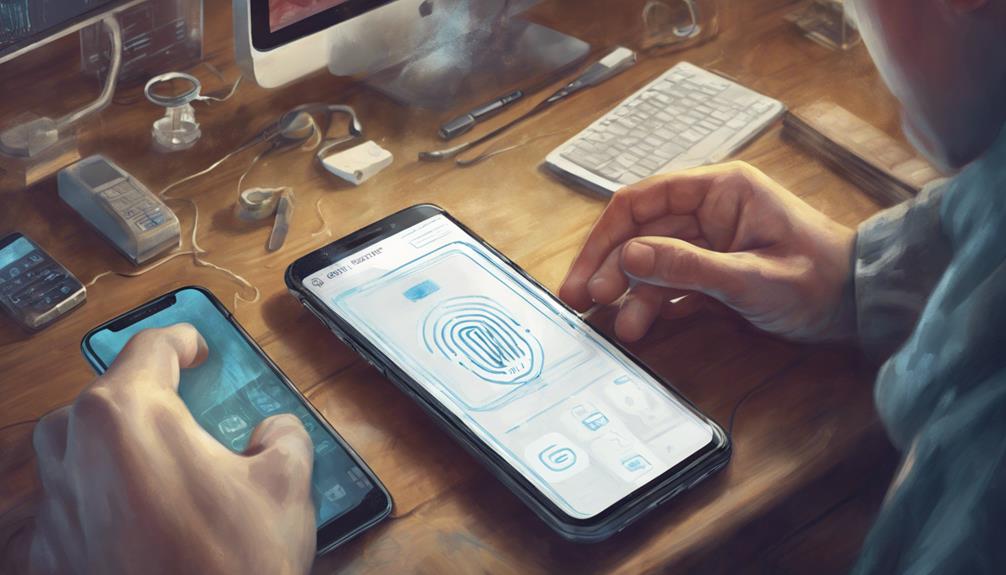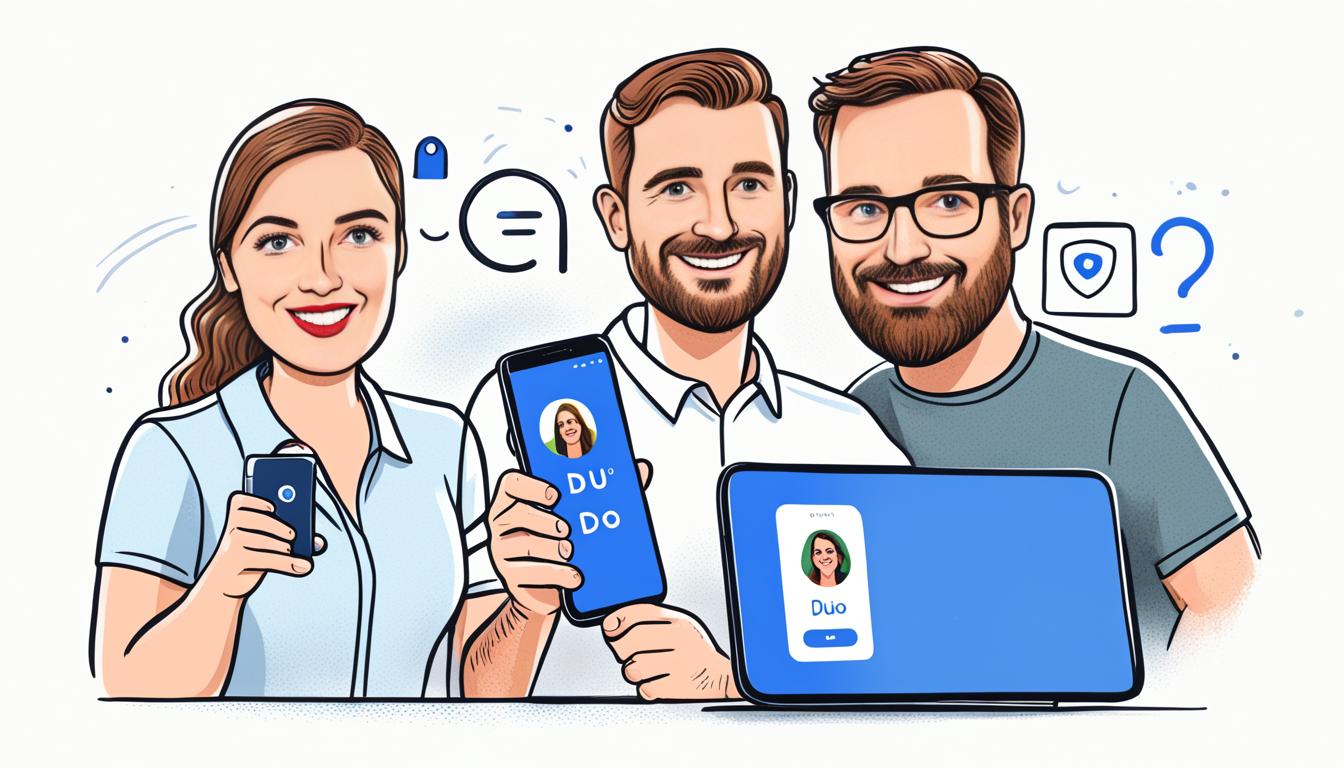Minecraft is secure from hackers due to its robust security features. Enforcing strong, unique passwords and implementing two-factor authentication are key. Anti-botting plugins and proxy server setups add extra layers of protection. VPN blockers like AntiVPN enhance server security by deterring disruptive behavior. Anti-cheat plugins such as NoCheatPlus maintain fair gameplay. Secure Java Edition with LoginSecurity and regular updates safeguards against unauthorized access. BotSentry helps manage join requests, and BungeGuard restricts backend access. Strengthening server security with these measures is essential for a safe gaming environment.
Key Takeaways
- Implement anti-botting plugins for real-time monitoring and bot detection.
- Utilize strong passwords and two-factor authentication for enhanced security.
- Employ anti-cheat plugins to detect and deter unauthorized modifications.
- Configure VPN blockers to prevent disruptive behavior from VPN users.
- Regularly update server software and monitor for suspicious activity to protect against hacker threats.
Game Security Measures
The game Minecraft implements various security measures to safeguard player data and guarantee a safe gaming experience. One vital aspect of these measures is password protection. Minecraft encourages players to use strong, unique passwords to secure their accounts effectively. By creating complex passwords that include a mix of letters, numbers, and special characters, players can greatly reduce the risk of unauthorized access to their accounts.
Additionally, Mojang, the company behind Minecraft, advises players to enable two-factor authentication for an added layer of security. This feature requires users to provide a secondary form of verification, such as a code sent to their email or phone, when logging in. By enabling two-factor authentication, players can further protect their accounts from unauthorized access, even if their passwords are compromised.
Anti-Botting Plugins

Anti-botting plugins are essential for protecting Minecraft servers from malicious bot attacks. These plugins come equipped with advanced bot detection measures, real-time monitoring capabilities, and a player reporting system. By using these tools, server administrators can effectively combat bot activities and ensure a secure gaming environment for all players.
Implementing anti-botting plugins is crucial for maintaining server integrity and preventing disruptions caused by bot attacks. These tools play a vital role in safeguarding Minecraft servers and protecting the overall gaming experience for players.
Bot Detection Measures
Bot detection measures, such as anti-botting plugins like BotSentry with two-step verification, play an essential role in managing high volumes of join requests effectively in Minecraft.
These plugins are designed to prevent bot attacks by identifying and blocking fake users that try to overload the server with network requests. By implementing additional authentication steps during the login process, tools like BotSentry enhance server security and reduce the risks of crashes and disruptions in gameplay caused by bot activities.
Safeguarding servers against bot attacks is critical for maintaining a secure and stable gaming environment in Minecraft. Utilizing bot detection measures is necessary for ensuring that the server operates smoothly and securely, protecting both the gameplay experience and the integrity of the Minecraft community.
Real-Time Monitoring
Utilizing advanced real-time monitoring technology enhances the security of Minecraft servers by proactively detecting and thwarting potential bot attacks. Here are four key points to understand the importance of real-time monitoring in safeguarding Minecraft servers:
- Efficient Detection: Real-time monitoring tools such as BotSentry can efficiently detect and prevent bot attacks by effectively managing high volumes of join requests, ensuring the server's stability.
- Protection Against Fake Users: Anti-botting plugins help safeguard Minecraft servers by identifying and blocking fake users that aim to disrupt gameplay by flooding the server with network requests.
- Preventing Server Overload: Bot attacks directly target servers, overwhelming their capacity and potentially causing disruptions. Real-time monitoring helps prevent these overloads, maintaining a smooth gaming experience.
- Enhanced Security Measures: Implementing anti-botting measures like two-step verification and login plugins such as LoginSecurity can significantly improve server security against bot attacks, ensuring a safe gaming environment for players.
Player Reporting System
Enhancing server security in Minecraft involves incorporating a robust player reporting system alongside effective anti-botting plugins to combat disruptive bot attacks effectively.
Anti-botting plugins like BotSentry, combined with two-step verification, help manage high volumes of join requests efficiently. These plugins detect and prevent bot attacks, which flood the server with network requests to crash it, safeguarding Minecraft accounts.
Login plugins such as LoginSecurity offer user authentication measures to enhance server security further.
Bot attacks are a direct threat to the server, overwhelming its capacity and causing disruptions. By utilizing password systems upon login, an extra layer of security can be added to protect against these bot attacks.
These measures are crucial in maintaining a secure gaming environment in Minecraft, ensuring that players can enjoy the game without the interference of malicious bots seeking to disrupt gameplay.
Two-Step Verification

How does two-step verification enhance the security of your Minecraft account?
Two-step verification provides an additional layer of protection by requiring a second form of verification, such as a code sent to your phone, along with your password. This helps prevent unauthorized access, even if your password is compromised. Enabling two-step verification is a recommended security practice to safeguard your Minecraft server account from potential hackers.
Here are four key benefits of using two-step verification:
- Enhanced Security: Two-step verification adds an extra barrier, making it harder for hackers to gain access.
- Prevention of Unauthorized Access: Even if your password is stolen, the second verification step acts as a safeguard.
- Protection of Personal Information: Two-step verification helps keep your sensitive data secure from malicious attacks.
- Recommended Security Practice: Enabling two-step verification is a simple yet effective way to boost the security of your Minecraft account.
Proxy Server Setup

Setting up a proxy server involves configuring unique online and offline modes for enhanced security. By implementing a secure proxy setup like BungeGuard, you can restrict unauthorized access and protect backend servers from potential breaches.
Properly configuring your proxy server is essential for safeguarding your Minecraft server against security threats and attacks.
Proxy Server Basics
Configuring a proxy server setup for Minecraft involves implementing unique online mode settings for the proxy server and offline mode settings for the backend servers to enhance security.
Direct access to backend servers without proper protection poses a significant security risk, allowing unauthorized users to gain administrative privileges.
To address this issue, tools like BungeGuard are recommended to prevent backdoor access by assigning unique tokens for access control.
Proxy servers act as important gatekeepers to safeguard the backend infrastructure, controlling access and preventing potential security breaches.
Properly securing the proxy server setup is essential to protect against unauthorized access and maintain the integrity of the Minecraft server network.
Benefits of Proxies
Proxy servers offer essential benefits in a network setup by providing a protective barrier between backend servers and the internet. By acting as intermediaries, they help safeguard the IP addresses of the actual servers, preventing direct access and potential security breaches. This unique online mode for the proxy server and offline mode for backend servers greatly enhance security measures, reducing the risk of unauthorized access and maintaining the confidentiality of sensitive information.
Moreover, utilizing proxies like BungeGuard can assign unique tokens to restrict unauthorized entry to backend servers, further fortifying the network's defense mechanisms.
Additionally, plugins such as AntiVPN, KauriVPN, and EpicGuard can effectively block VPN usage on Minecraft servers, adding an extra layer of protection against potential threats.
Setting up Proxy
How can the establishment of a secure intermediary network enhance the protection of backend servers in a Minecraft server setup?
Setting up a proxy server is important for safeguarding the backend servers from potential security threats and unauthorized access.
Here are some key steps to guarantee a secure proxy setup:
- Configure Online and Offline Modes: Differentiating online mode for the proxy server and offline mode for backend servers can add an extra layer of security.
- Utilize BungeGuard: Implement tools like BungeGuard to prevent backdoor access by assigning unique tokens for restricted entry.
- Protect with Good Passwords: Ensure strong and unique passwords for all server access points to prevent easy unauthorized entry.
- Implement Security Measures: Properly setting up security measures within the proxy server can greatly enhance the overall protection of your Minecraft server infrastructure.
VPN Blockers

Effectively combating unauthorized access and ensuring server security, VPN blockers like AntiVPN, KauriVPN, and EpicGuard play an important role in safeguarding Minecraft servers. These tools are essential in preventing users from accessing Minecraft servers through VPNs, thereby reducing the risk of the server getting hacked.
By blocking VPN access, disruptive behavior can be minimized, and banned users are deterred from rejoining with alternate accounts. Implementing VPN blockers enhances server security by restricting access to potential malicious users.
Additionally, banning associated IP addresses in conjunction with VPN blockers can further dissuade persistent VPN joins on Minecraft servers. Overall, VPN blockers are key tools in safeguarding Minecraft servers against unauthorized access, maintaining a secure gaming environment, and protecting the integrity of the gameplay experience for all users.
Anti-Cheat Plugins

To bolster server security and uphold fair gameplay standards in Minecraft, the implementation of anti-cheat plugins is vital for detecting and preventing unauthorized modifications and exploits. These plugins play an essential role in maintaining the integrity of the gaming environment by monitoring player behavior and ensuring that cheating is swiftly identified and dealt with.
Here are some key points to keep in mind when utilizing anti-cheat plugins:
- Detection Capabilities: Anti-cheat plugins like Advanced AntiCheat and NoCheatPlus are effective in detecting unauthorized modifications and exploits within Minecraft servers.
- Customizable Settings: These plugins can be configured to minimize false positives and accurately monitor player activities for any signs of cheating.
- Advanced Features: Paid options such as Matrix Anticheat and Spartan Anticheat offer advanced features and customizable settings for enhanced security measures.
- Bedrock Edition Support: Specific anti-cheat plugins like ShadowAntiCheat and MyGuardian are tailored to combat cheating in Minecraft's Bedrock Edition, ensuring fair gameplay across different versions of the game.
Secure Java Edition

Securing Minecraft Java Edition from potential hacker threats requires implementing robust security measures and proactive monitoring strategies. Hackers often target weak passwords and unsecured servers to gain access to Minecraft Java Edition. To enhance security, players should enforce strong password policies and consider utilizing plugins like LoginSecurity.
Additionally, implementing anti-botting plugins such as BotSentry can help prevent bot attacks that may compromise the game's integrity.
In the fight against unauthorized modifications, utilizing anti-cheat plugins like NoCheatPlus or Matrix Anticheat can be effective in detecting and deterring hackers from gaining an unfair advantage. Moreover, regularly updating server software and diligently monitoring for any suspicious activity are essential steps in safeguarding Minecraft Java Edition from potential security breaches.
Ensuring Server Security

How can server security in Minecraft be strengthened against potential hacker threats? To guarantee a secure gameplay environment, make sure to implement the following measures:
- Implement anti-botting plugins like BotSentry with two-step verification to manage high volumes of join requests effectively.
- Use login plugins such as LoginSecurity for user authentication to enhance server security against unauthorized access.
- Consider installing BungeGuard to restrict backend server access and prevent unauthorized users from gaining administrative privileges.
- Utilize VPN blocking plugins like AntiVPN, KauriVPN, and EpicGuard to prevent disruptive behavior from masked user identities.
Frequently Asked Questions
Is Minecraft a Security Risk?
Minecraft can pose security risks due to vulnerabilities like weak passwords and outdated software, potentially leading to unauthorized access and data theft. Mitigate these risks by implementing strong password policies and utilizing security plugins.
What Is the Security Vulnerability of the Minecraft Server?
Security vulnerabilities in Minecraft servers include risks from open ports scanned by bots, unauthorized access to self-hosted servers lacking whitelists, exposure from open firewall ports, susceptibility due to unpatched software and weak passwords, and dangers from unencrypted server logs leading to potential data breaches.
Can Your Minecraft Server Get Hacked?
Minecraft servers are susceptible to hacking due to vulnerabilities in outdated software, weak passwords, and network insecurities. Implementing regular updates, strong passwords, and security plugins can fortify defenses against potential hacking attempts and safeguard server data and gameplay.
How to Secure Your Minecraft Server?
Enhancing Minecraft server security involves implementing anti-botting plugins, using login authentication tools, incorporating server access controls, deploying VPN blockers, and configuring anti-cheat plugins. These measures collectively fortify your server against hackers, ensuring a safer gaming environment.
Conclusion
Ultimately, Minecraft can be secure from hackers by implementing various game security measures. These include anti-botting plugins, two-step verification, proxy server setup, VPN blockers, anti-cheat plugins, and ensuring server security.
However, the question remains: can these measures truly protect your game from determined hackers? It is important to stay vigilant and regularly update security measures to safeguard your Minecraft experience.









